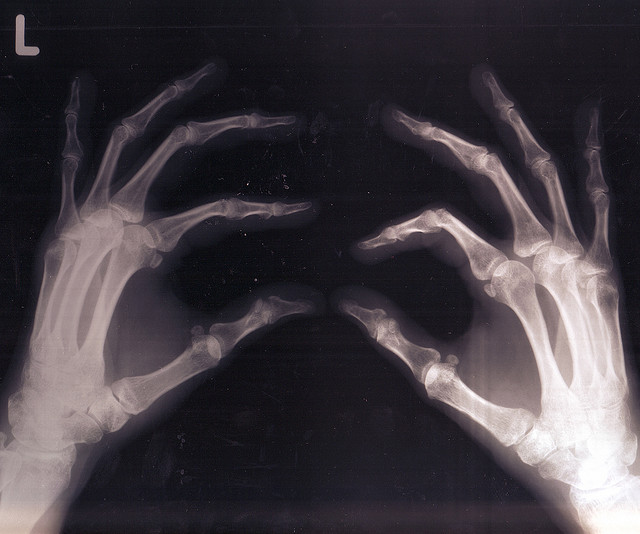The most costly problem facing employers today is work-related, soft-tissue injuries, more commonly known as work-related musculoskeletal disorders (WRMSD). According to OSHA, WRMSD account for 34% of lost work days in the U.S., as well as a third of the dollars spent in workers’ compensation and of all work-related injury cases.
Not surprisingly, soft tissue injuries -- to the ligaments, tendons and fibers of the body that connect the bones -- are difficult to diagnose. Standard diagnostic tests such as X-rays or imaging are frequently unable to document the presence of pain and loss of function. As a result, diagnoses are often subjective, leading to poor treatment (including unnecessary surgery and overuse of narcotics), extra lost work time, precariously high medical costs and, at times, fraudulent claims.
There is a need for accurate, timely and evidence-based diagnosis and treatment to curtail escalating costs and improve clinical outcomes, as these case studies show:
Case 1
A 44-year-old gentleman had undergone a baseline EFA. (The Electrodiagnostic Functional Assessment, or EFA, combines mutltichannel wireless electromyography (EMG) with range-of-motion testing and integrates that with a functional output). He is employed as an unloader in the shipping department. He alleged a work-related injury in October 2014, five weeks into his employment. He stated that he injured his shoulders when he put his hands out to block a fall. He complained of bilateral shoulder pain, radiating to the right upper extremity. He rated the pain as an eight on a scale of one to 10. But an EFA found no change from the baseline test.
Outcome: Because there was no change from his baseline, he was released from treatment and advised to see his primary care physician for any further medical needs.
Case 2
A 37-year-old gentleman was employed as a loader. He alleged a work injury in October 2014; when he bent to lift some ice, he felt a pain in his lower back. He complained of radiating lower back pain, into the left lower extremity, rated as a 6/10. He was referred by his occupational medicine doctor, as there were no objective findings, and his subjective complaints seemed out of proportion. An EFA revealed normal EMG activity, with chronic, unrelated pathology.
Outcome: When he returned for his follow-up evaluation after the EFA, he still had the same subjective complaints. After his doctor reviewed the EFA findings, he stated that he felt much better and asked for a release to return to full duty at work.
Case 3
A 34-year-old gentleman was employed as a mix/truck driver. He had undergone a baseline EFA in June 2014 and had a work-related motor vehicle accident in September 2014. His head struck the roof of his truck, and he was not wearing a hard hat. He complained of neck, shoulder and head pain. When an EFA was compared with the baseline, chronic, unrelated pathology was noted. However, the comparison also revealed a change in the paracervical region. This change was consistent with the date and mechanism of injury and with his subjective complaints.
Outcome: The EFA comparison was able to identify and redirect care, away from the chiropractic care that he was receiving. After imaging studies were performed and the results found to be consistent with the EFA findings, he received site-specific, conservative care for his work-related injury, and his symptoms improved.
It is our opinion that the EFA-STM provides a book end solution, comparing a pre-injury test to a post-injury assessment to objectively and accurately determine AOECOE (arising out of employment/course of employment) status. One must base a medical evaluation on facts, not subjective complaints. When that is accomplished, proper diagnosis and treatment are rendered, and outcomes improved.
The authors invite you to join them at the NexGen Workers' Compensation Summit 2015, to be held Jan. 13 in Carlsbad, CA. The conference, hosted by Emerge Diagnostics, is dedicated to past lessons from, the current status of and the future for workers' compensation. The conference is an opportunity for companies to network and learn, as well as contribute personal experience to the general knowledge base for workers' compensation. Six CEU credits are offered. For more information, click here.


